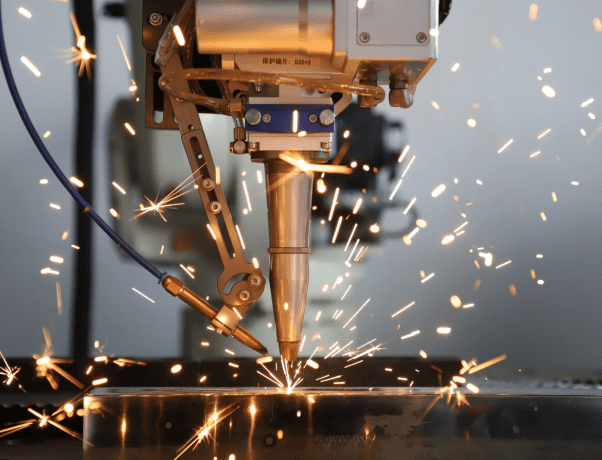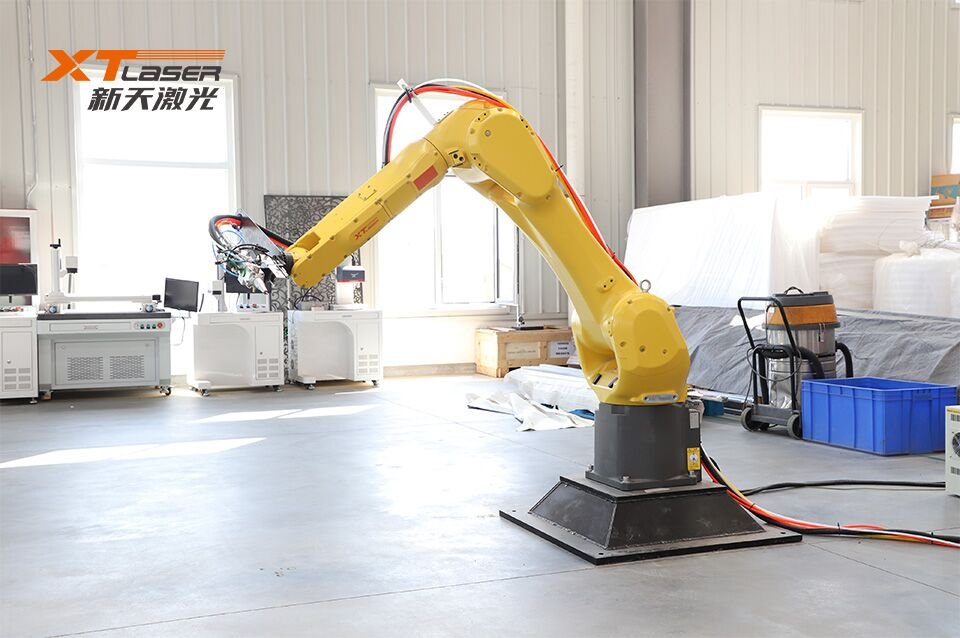[ad_1]
XT Laser-fiber laser cutting machine
As a common processing method in modern manufacturing industry, laser cutting machine breaks the traditional processing method with a new cutting method and is widely used in all walks of life, especially fiber laser cutting machine, which has developed very rapidly in recent years. Users who know the fiber laser cutting machine should know that auxiliary gas must be used in the cutting process, which is why many people are more concerned about “gas”.

Why should auxiliary gas be added during processing.
Before figuring out how to select auxiliary gas, we should first understand why to use auxiliary gas and its function. According to experience, the use of auxiliary gas not only blows away the slag in the coaxial slit, but also cools the surface of the processed object, reduces the heat affected zone, cools the focus lens, and prevents smoke from entering the lens base to pollute the lens, causing the lens to overheat. In addition, some cutting gases can also protect the base metal. The selection of gas pressure and type has a great impact on the cutting process. The type of auxiliary gas selected will have a certain impact on the cutting performance, including cutting speed and cutting thickness.
The auxiliary gases that can be used by the laser cutting machine mainly include air, nitrogen, oxygen and argon. Next, we will introduce the use and characteristics of different auxiliary gases.
1. Air
Air can be supplied directly by air compressor, so it is very cheap compared with other gases. Although the air contains about 20% oxygen, the cutting efficiency is far lower than that of oxygen, and the cutting ability is similar to that of nitrogen. A small amount of oxide film will appear on the cutting surface, but it can be used as a measure to prevent the coating from falling off. The end face of the cut is yellow.
The main applicable materials are aluminum, aluminum alloy, stainless steel, brass, plated steel plate, non-metal, etc. However, when the quality requirements of cutting products are high, aluminum, aluminum alloy, stainless steel, etc. are not suitable for air, because air will oxidize the base metal.
2. Nitrogen
When oxygen is used to cut some metals, an oxide film will be formed on the cutting surface. Nitrogen can be used to prevent the oxide film from being produced by non-oxidation cutting. Therefore, it has the characteristics of direct welding and coating, and has strong corrosion resistance. The end face of the cut is white.
Main applicable plates include stainless steel, galvanized steel plate, brass, aluminum, aluminum alloy, etc.
3. Oxygen
Mainly used for laser cutting carbon steel. While using the heat of oxygen reaction to greatly improve the cutting efficiency, the resulting oxide film will improve the beam spectral absorption coefficient of the reflective material. The end face of the cut is black or dark yellow.
It is mainly applicable to steel rolling, steel rolling for welded structure, carbon steel for mechanical structure, high tension plate, tool plate, stainless steel, galvanized steel plate, copper, copper alloy, etc.
4. Argon
Argon is an inert gas used in laser cutting machine to prevent oxidation and nitridation, and also used in welding. Compared with other processing gases, the price is higher and the cost will increase accordingly. The end face of the cut is white.
Main applicable materials include titanium, titanium alloy, etc.
In the above contents, a variety of gases can be used generally. The key is to consider the cutting cost and the requirements for products, such as cutting stainless steel materials. When the requirements for product quality or surface quality are not high, such as cutting products in the later stage. For painting and other processing processes, air can be used as cutting gas, which can reduce a lot of costs. When the cut product is the final product and there is no subsequent process, it is necessary to use protective gas, such as handicrafts. Therefore, in the process of cutting and blanking, the gas must be selected according to the characteristics of the product.

[ad_2]
Source link

